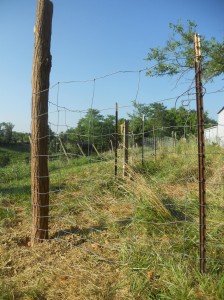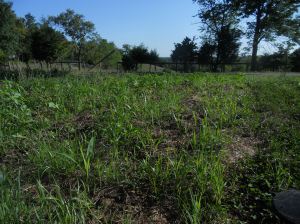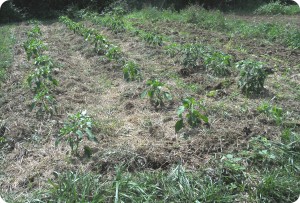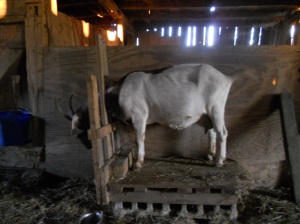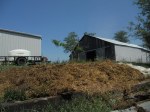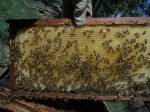…I’ve set up a Facebook page. (…waits for hooting & jeering to subside...) Not much to see, but it’s under Shady Grove Farm.
After hearing how easy it is, how much promoting I can do, how connected it makes you, and the rest of the list… I’ve been involved with it for fewer than 24 hours, and it’s already managed to annoy me completely. It seems a business page doesn’t have a Search window to find all these people it’s supposed to connect me to. Why ever NOT? (Sent Feedback. Got Autoreply.) Also, their business categories don’t include “Farm.”
A long-time friend, Margaret, says, “I have nieces and nephews, and FB is the only way I ever hear from them.” Okay “It’s free… it’s easy… everybody is doing it” to the point where no one else has a choice.
(NB: Neither Zing! should be taken personally by my own charming nieces and nephews, who visit and help me on the farm, and write delightful, literate Thank-You notes.)
Free. That’s not a reason to do something. If it cost, that might be a reason not to. Drug dealers get people hooked with handouts. Come to speak of it, so do pharmaceutical companies. Seems FB has done the same.
Easy. Thank you, you have just insulted me. I am neither senile nor computerphobic.
Everyone. First, I’m not everyone. In fact I am hardly anyone. Second, if everyone does only what is free, and easy, for good or ill, fewer and fewer people will do things that are difficult and carry a cost, whatever their value. God knows I would not do what I do. “Hardly anyone” does now.

Greenery is timeless. Fence repair is never-ending.
Skywire lets me reach anyone with email, and lets them reach me without having to join Skywire themselves. It’s worth it, for the handful of people who answer emails.
My digital subscription to the New York Times costs a hard-worked-for 37.10 a month, for an enormous amount of valuable information. I don’t have to “join” their website, I can post as many comments as I like, read everyone else’s and feel very connected. Liberal rag? Sure it is. I don’t agree with them on everything and often say so. That alone is worth the money.
My WordPress blog costs nothing, lets everyone know what is going on here at the farm, and YOU don’t have to join or pay to read every word ,view every image, and comment, as much as you like, for free.
Three or four friends (NB I neither have nor want 328 friends – the number a young women had who once invited me to be her FB friend. Nor, people, do I want to be one of anyone else’s 328 friends) have blogs or online photo sharing which I can read or view at no cost. I love that. I don’t have to join their chosen sites. I love that too: thanks.
So why Facebook? Here’s why. I give up. I just damn well give up. Listen:
I had the same phone number from 1988 till 2011, when I gave up the land line. How many people will now find me on Facebook, who couldn’t dial that number in 23 years?
I have had the same street address since 1988. When I dropped the land line, I forgot to notify a couple of friends whose emails I didn’t have. One wrote me a note and sent it snail mail, to ask if I was OK and to please get in touch with her. Classy. One.
I had one e-mail address fifteen years, and when I switched ISP’s, it was simple to send the change to all my contacts. It will be a good thing when portability applies to email as well.
But I would like to find people and should let them find me. My way of life imposes distance and isolation, and I don’t expect sympathy since much of it is the consequence of my own choices. Others’ choice of Facebook has the same effect. One of us has to give.
There’s a lot of (what I would call maundering) self-disclosure on some pages. Here’s my revelation: I don’t get tired working, or even working alone. But I do get tired of a sense that no one knows what I’m doing. That’s as much of a complaint as you will hear from me, on Facebook or elsewhere.

For example, no pathetic drought pictures, but here’s the post-rainstorm recovery.
All right then. Shady Grove Farm, Corinth, Kentucky. Here I am. (No, not the picture! I meant there I am, on Facebook, finally).
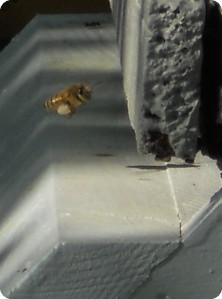
It is, and will continue to be, about work, and providing for those who matter to us.






























